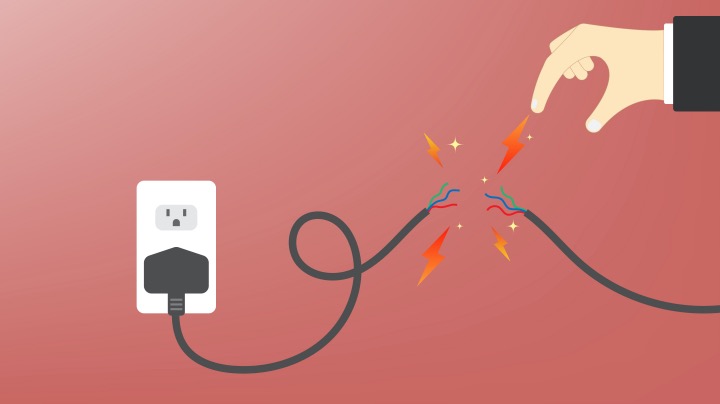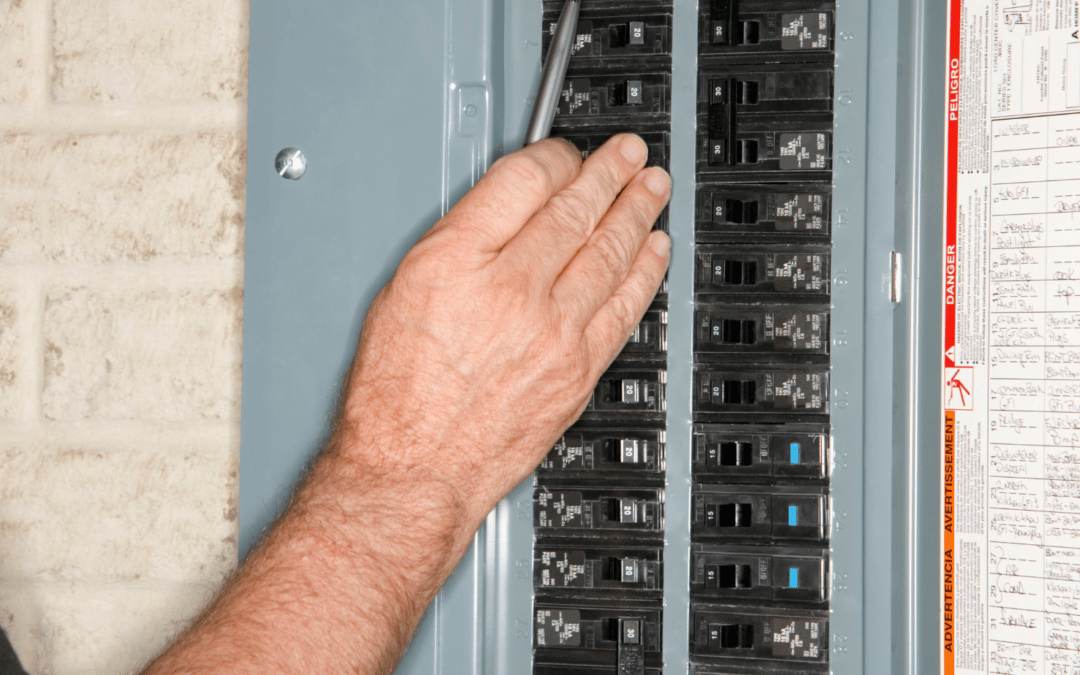Top Tips for Effective Electrical System Troubleshooting
Troubleshooting electric systems requires a methodical strategy, based in an extensive understanding of electrical concepts and security procedures. The subtleties of effective repairing prolong beyond simple technical knowledge; comprehending how to document findings and prioritize safety can significantly affect end results.
Understand the Essentials
Understanding the basics of electric systems is crucial for reliable troubleshooting, as a solid foundation enables professionals to identify and deal with issues more successfully. A detailed grasp of electric concepts, such as voltage, present, resistance, and power, is vital in identifying the origin of problems. Voltage is the electric prospective distinction that drives current with a circuit, while resistance opposes the circulation of current, affecting the general functionality of the system.
Familiarity with circuit elements, consisting of resistors, capacitors, diodes, and switches over, is additionally critical. Each component plays an unique duty in circuit actions and can influence efficiency when malfunctioning. Additionally, comprehending series and parallel circuit arrangements is important, as these setups influence the circulation of voltage and present within the system.
Specialists should be mindful of possible threats, such as shock and brief circuits, to carry out safe troubleshooting practices. By grasping these foundational concepts, specialists improve their capability to conduct reliable diagnostics and repair services, eventually leading to improved efficiency and integrity of electrical systems (electrical system troubleshooting).
Gather Necessary Devices
Reliable troubleshooting of electrical systems calls for the best collection of devices to diagnose and solve concerns precisely. Essential tools consist of a multimeter, which determines voltage, existing, and resistance, permitting for accurate examinations of electrical parts.
Additionally, shielded hand tools such as screwdrivers, pliers, and wire strippers are critical for safely controling electric links. It is likewise recommended to have a circuit tester accessible to confirm the visibility of voltage in outlets and wires. For more complicated systems, a thermal imaging camera can help discover overheating parts, showing potential failures.

Comply With a Methodical Technique
Having actually gathered the suitable tools, the next action in repairing electric systems is to adhere to an organized strategy. A systematic method guarantees that service technicians can determine article source faults successfully and properly, lessening downtime and stopping unnecessary repairs.
Begin by reviewing the system's schematic layouts and specs. Understanding the design and operational parameters will certainly offer context for identifying issues. Next off, isolate the problem location by utilizing a process of removal. This involves monitoring each element systematically, beginning from the source of power and working towards the lots.
Utilize screening devices, such as multimeters and oscilloscopes, to gather unbiased data about voltage, present, and resistance at various factors within the system. This empirical evidence will certainly assist your troubleshooting efforts and assist to confirm or eliminate prospective reasons for failure.
Furthermore, think about environmental aspects that might influence the system's efficiency, such as temperature variations or moisture access. An extensive inspection of circuitry, links, and parts will certainly guarantee that all opportunities are accounted for.
File Your Searchings For
Extensive paperwork is essential in the fixing procedure of electrical systems. Exact records improve the effectiveness of determining reoccuring issues and help with communication amongst employee. Each finding needs to be meticulously noted, consisting of signs and symptoms observed, tests carried out, and the end results of those examinations. electrical system troubleshooting. This browse around this web-site practice not only help in recognizing the root cause of the issue but also serves as a reference for future fixing initiatives.

Additionally, preserving a log of components changed or repair work carried out is invaluable. This details sustains inventory monitoring and can assist evaluate the long life and reliability of details parts.
Eventually, the documentation procedure must be extensive yet concise, making it possible for easy access and evaluation - electrical system troubleshooting. By focusing on comprehensive documentation, technicians can produce a valuable browse around these guys expertise base that not just aids in current troubleshooting but also empowers future maintenance initiatives, consequently enhancing overall system integrity

Prioritize Precaution
Recognizing the intrinsic threats connected with electrical systems is crucial for making sure safety and security during troubleshooting. Electric shock, burns, and tools damages are just a few of the potential dangers that technicians deal with. Prioritizing precaution is not just a lawful obligation however additionally a moral crucial that safeguards both the professional and the surrounding environment.
Before beginning any kind of troubleshooting job, specialists ought to wear appropriate personal protective devices (PPE), including protected gloves, shatterproof glass, and flame-resistant garments. Making certain that the workplace is dry and devoid of mess can dramatically reduce the risk of accidents. Moreover, it is necessary to de-energize circuits prior to starting any work, verifying that they are not endure using a multimeter or voltage tester.
Developing clear interaction methods with employee is additionally crucial; this makes sure that everybody knows prospective dangers and the condition of the electrical system being serviced. Having an emergency situation feedback strategy in place can prove invaluable in the occasion of an occurrence. By prioritizing safety measures, professionals can successfully alleviate dangers and foster a more secure office.
Final Thought
Effective electrical system repairing depends on a comprehensive understanding of essential concepts and a methodical method. Focusing on safety and security steps ensures the wellness of people involved and the stability of the electrical system.
 Mara Wilson Then & Now!
Mara Wilson Then & Now! Ashley Johnson Then & Now!
Ashley Johnson Then & Now! Tiffany Trump Then & Now!
Tiffany Trump Then & Now! Elisabeth Shue Then & Now!
Elisabeth Shue Then & Now! Batista Then & Now!
Batista Then & Now!